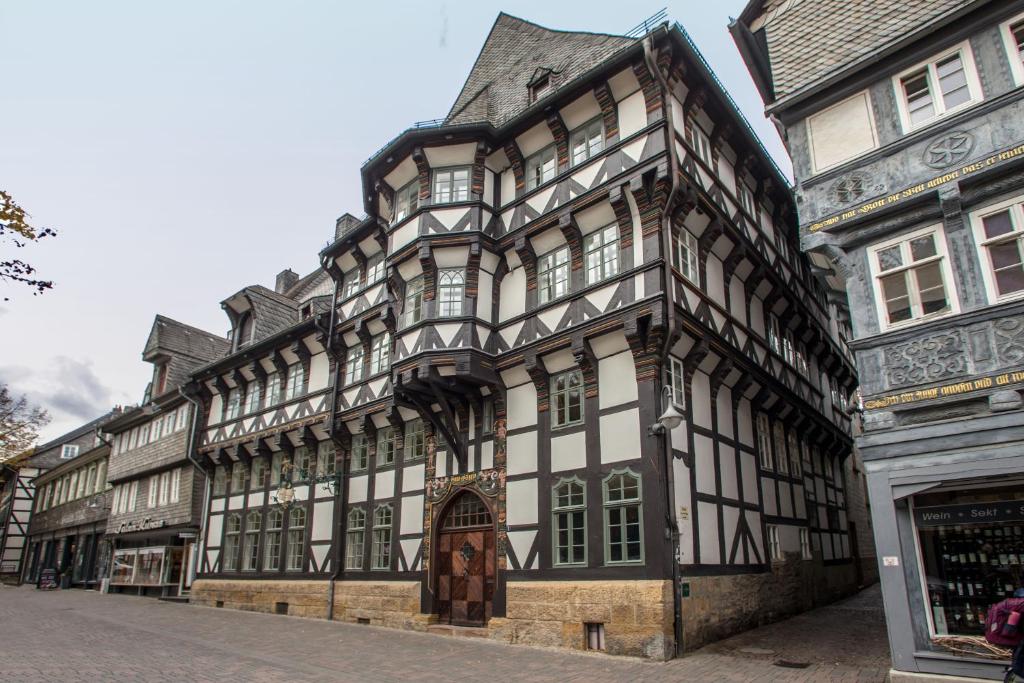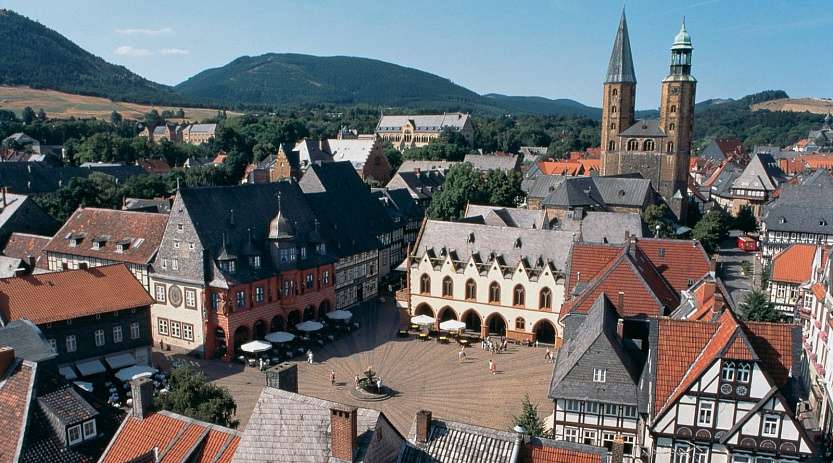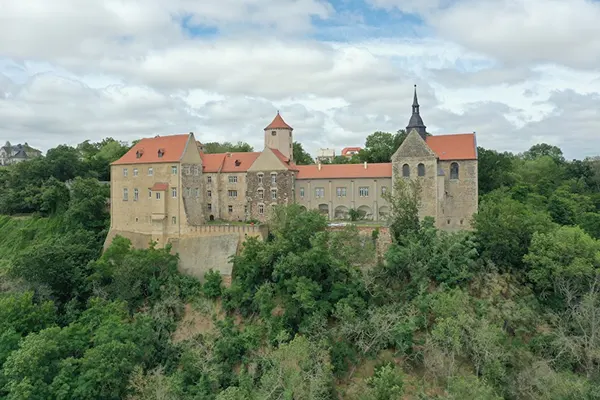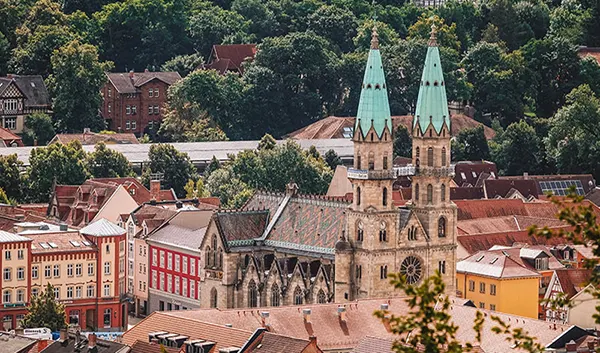
UNESCO World Heritage Site. The City of Goslar
The town of Goslar is thousands of years old. It came into being in 968, when the local ore deposits and silver caches were discovered. Thanks to its natural riches, the town was of vital importance to the Hanseatic League. Since 1992 Goslar, together with the Rammelsberg mine, has been on the list of UNESCO World Heritage Sites.
The city’s value
The discovery of the silver mines ensured the rapid development of Goslar. This was also reflected in its appearance. As the settlement grew around the Rammelsberg mines, the buildings were shaped accordingly and the streets were laid out accordingly.
The German emperors of Salic and Hohenstaufen dynasties once had a residence here – and it was their favourite. The city was then called Northern Rome. Today you can get a closer look at the imperial palace, which is impressively massive. Its façade stretches 54 meters wide.
In 1290 Goslar became the Free Imperial City. This status was confirmed in 1340. The most significant event for the town was the emperor’s privilege to mint its own silver coinage. It was called the Mariengrochen.
The imperial residence collapsed in 1865. It was rebuilt by the Hanoverian government, which eventually took over Goslar. Previously it had been part of Prussia and then Westphalia.

Features of the city
In the centre of Goslar, the legendary Market Square is present. It is decorated by the Old Town Hall, as well as the Guild House, which was smoothly transformed into a hotel. The centre of the square is highlighted by a fountain, on which rises a golden eagle, the symbol of the Free Imperial City.
In the 15th and 16th centuries the city was at the centre of scandal. Its reputation was tarnished by the production of counterfeit coins. However, this was an erroneous accusation. To prove its innocence, the town council changed the decoration of its new meeting room. The walls and ceiling were decorated with religious and mythological paintings.
The Guildhall was completed in 1494. Its premises were occupied by merchants and tailors. The Guilds had the biggest influence in the town and as such were entitled to various privileges from the Emperors. That is why one can see the figures of the rulers on the facade.
If you walk to the east side of the square, you can see another ancient building. It once housed the Kaiserinhaus treasury. The gable is decorated with a carillon. Four times a day one can observe the opening of the miniature doors from which the figures emerge. Accompanied by the ringing of bells, the story of the Rammelsberg mine is illustrated.
A special feature of the town are the colourful miniature streets and alleyways. There are half-timbered houses, which were built in the 13th and 16th centuries. They are decorated with various brightly coloured murals.



